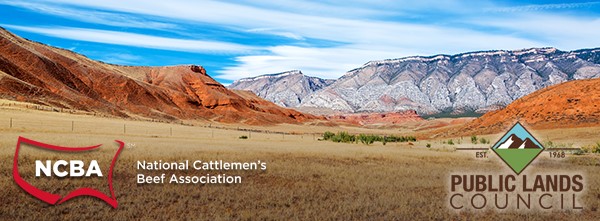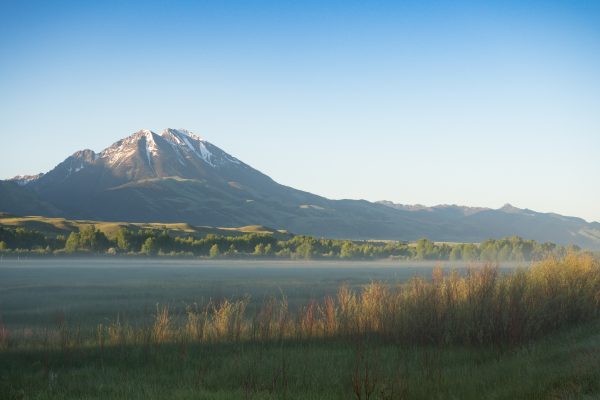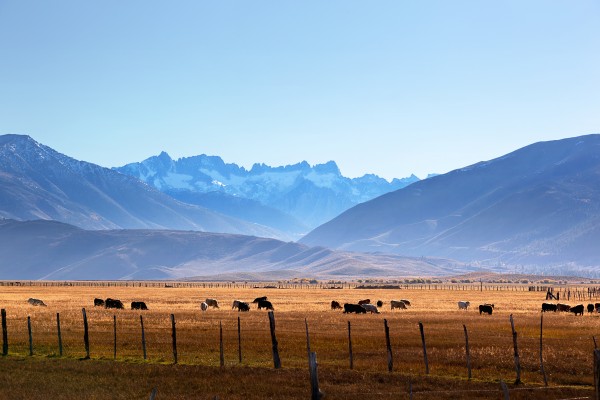WASHINGTON (April 1, 2022) – The Public Lands Council (PLC) and National Cattlemen’s Beef Association (NCBA) welcome the U.S. Department of Agriculture’s (USDA) decision to expand the Emergency Assistance for Livestock, Honeybees and Farm-Raised Fish Program (ELAP) to cover a portion of the costs incurred from the transportation of livestock to feed sources.
“Western ranchers experience daily the devastation caused by one of the most extreme droughts we have seen in recent years. From increased risk of catastrophic wildfire to lack of sufficient grazing lands, producers are facing difficult decisions when it comes to herd management,” said Executive Director of PLC and NCBA Natural Resources Kaitlynn Glover. “This announcement comes at a critical time, and we are appreciative of both FSA and Senator Thune for prioritizing the needs of cattle producers.”
“We are appreciative that the USDA Farm Service Agency (FSA) listened to requests from producers who are suffering through the continued impact of multiple years of unprecedented drought and skyrocketing input costs. We are also grateful for the efforts of Senator Thune’s office as we worked together to provide further flexibility within the program,” said NCBA Executive Director of Government Affairs Allison Rivera. “As cattle producers continue to navigate challenges associated with drought, it is critical to ensure they have the resources necessary for their businesses to remain viable, while giving the highest quality care to their livestock.”
Across areas of the western United States where grazing is a main source of feed for cattle production, unprecedented drought has made rangelands insufficient for proper grazing. ELAP originally covered the cost of moving feed to livestock, but for cattle producers, hauling livestock to other feed sources that are not easily moved is often a more efficient and economical method.
USDA’s announcement follows a letter PLC sent to FSA requesting the inclusion of coverage for moving livestock to feed during extreme drought conditions, in addition to the provision already included for moving feed to livestock.




